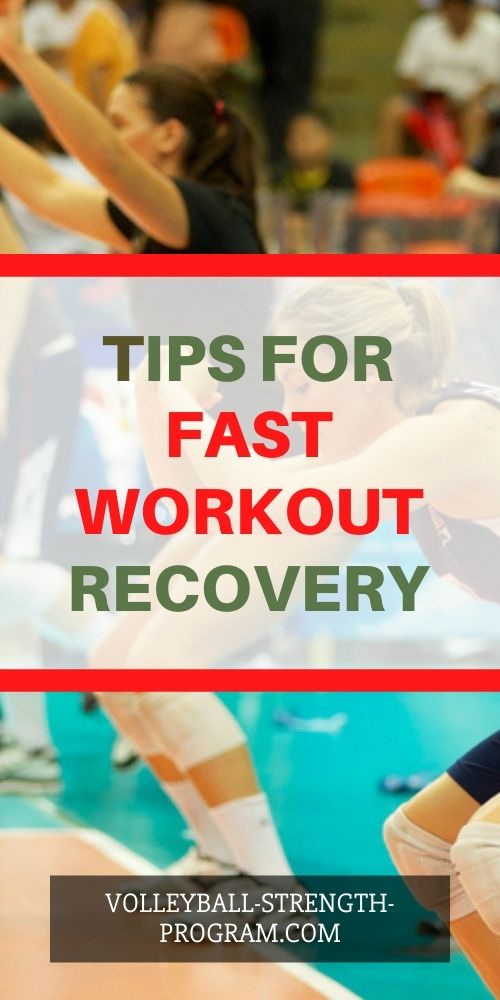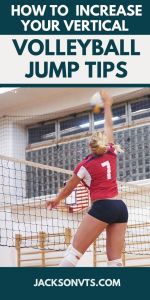Volleyball Conditioning Tips
Volleyball conditioning has multiple components. This includes strength, power, speed, balance, agility, coordination, and endurance.
How to Create a Volleyball Conditioning Program
The first step to improving your fitness for volleyball is creating a conditioning program designed with the goals and needs specific to the sport of volleyball. Not all sports require the same type of exercise training. Each sport has a unique need.
The help of a strength and conditioning specialist can help you optimize volleyball performance and minimize the chance of injury. Specialized strength and conditioning coaches design programs based on the volleyball teams specific needs.
The best conditioning programs usually involve cross-training using various exercises to improve overall performance. Cross-training has the benefit of creating different physical stresses on the athlete's body than those associated with the athlete's usual routine.
By cross-training, you allow the athletes to improve performance volleyball and also decrease the risk of an overuse injury.
What are the Risks of Volleyball Conditioning?
Acute and overuse injuries can occur, especially when the conditioning and volleyball are too similar.
For example, performing a jump training workout on the same day as practicing volleyball can lead to overuse injuries. Muscle strains and fractures can result from too much jumping.
Overuse injuries occur when athletes increase the frequency, duration, intensity, or resistance of training too rapidly. This results in too much stress on the body.
Conditioning Specific to Volleyball
Every sport has a unique conditioning requirement. Volleyball players should condition specific to the energy demands of volleyball. You could get as complicated as focusing on the work-to-rest ratio. For example, play in volleyball isn’t continuous. Rallies last about 8 to 15 seconds. Then there’s about 15 to 30 seconds between rallies.
Jumping is a big part of volleyball. Athletes need to be about to approach quick and jump high. But jumping in volleyball is different than a sport like basketball in that volleyball players aren’t running and sprinting long distances. Basketball has more of an endurance component. And basketball is usually only a couple hours of play. Volleyball could be on and off all day at tournament. These are things to consider when designing a volleyball condition program.
Prehab for Volleyball Players
A good conditioning program also has a lot of focus on pre-habilitation.
To help reduce the risk of injury, athletes can perform prehab exercises and drills. This is when we can see sport-specific variations of exercises. For example, in volleyball, extra work can be done at the muscles around the shoulder blades to help prevent shoulder related injuries. The prehab work is where you're going to see the most sport-specific variation.
Tips for Designing Conditioning Programs
It’s important to think about the movements as the different volleyball positions.
A blocker needs lateral movement and jumping.
A spiker needs fast feet for approaching fast. Also, the vertical jump for jump up high. Upper body rotational strength and power for spiking.
A libero and defensive specialist need quick feet, speed, stability and balance. Hand-eye coordination is also important.
The setter needs many skills. Especially if the setter plays across the front row, the setter will need many of the skills the other front row players need. Speed and quickness for getting in position to set. Jump high for playing the ball at the net. If playing front row, jumping for blocking and spiking. When on the back row, the setter also needs the defensive skills of back row players.
If you enjoyed these tips and would like to keep it close to you at any time, just save this pin to your Pinterest Volleyball Training Board.
Home › Weight Training › Volleyball Conditioning




